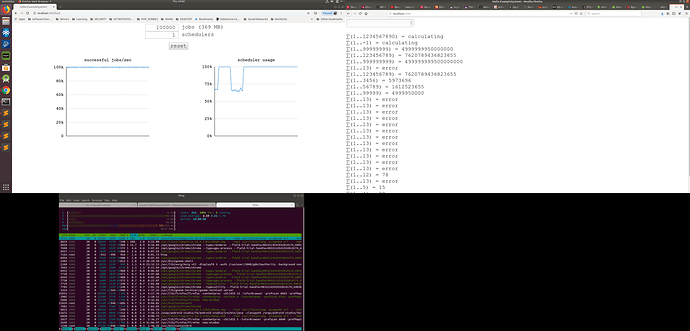Whether you’re developing a small web site or a large-scale distributed system, Erlang and Elixir are great tools for building server-side systems. Both languages can help you start quickly and deal with highly complex problems at a large scale.
This talk aims to explain what makes Erlang and Elixir suitable for such tasks. We’ll look past the syntax and the ecosystem, focusing instead on the concurrency model of these languages.
Combining a bit of high-level theory and a couple of demos, we’ll examine some important properties of Erlang/Elixir concurrency, with a special emphasis on why these properties are very relevant when building highly available systems.
The talk targets experienced backend developers, but no knowledge of Erlang or Elixir is required. You will walk away from the talk with a better understanding of what distinguishes Erlang and Elixir from the rest of the pack, and why these languages are very compelling choices to power your next software system.






















